business review
As more parts of the Philippines transform into bustling urban centers, essential services like water and sanitation develop local economies and improve quality of living. More than a vehicle for business expansion in the Philippines, Manila Water Philippine Ventures, Inc. (MWPV) is the company’s platform for water sector development and social transformation on a broader scale. MWPV formed Regional Business Developments (RBD) to ensure business development focus, resource deployment efficiency, and consolidated growth in these areas. It leverages its track record for managing public services in its new acquisitions and partnerships across the country, allowing these geographies to flourish into sustainable, dynamic regions.
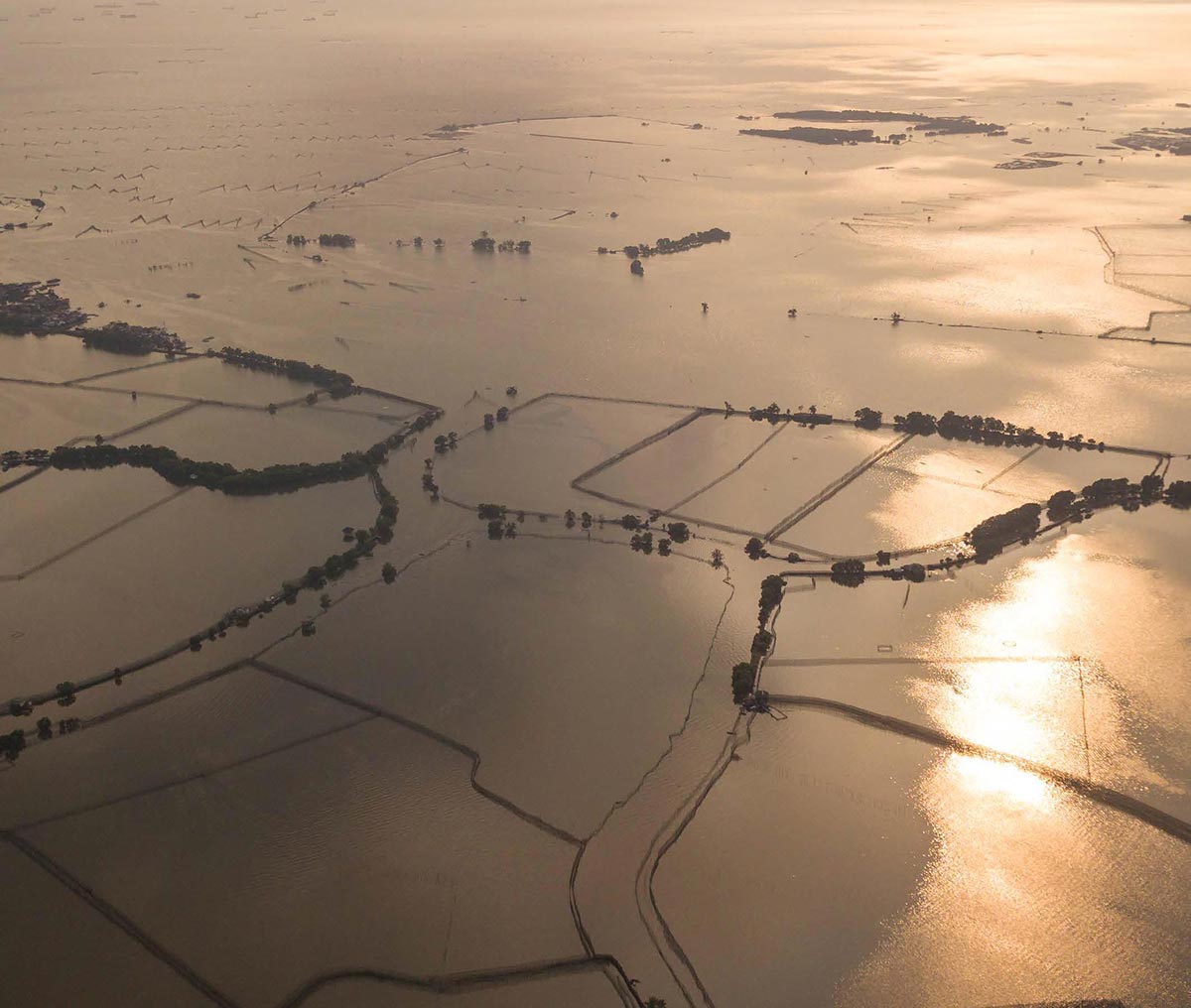
CLARK WATER
The Clark Freeport Zone continues to transform into an industrial urban center targeting high-end IT-enabled industries, aviation and logistics–related enterprises, tourism, and other sectors. To support business growth in the area, MWPV through Clark Water ensures that its residents and tourists are provided with clean and potable drinking water, and the industries it cater to have adequate water supply for their operations and expansion.
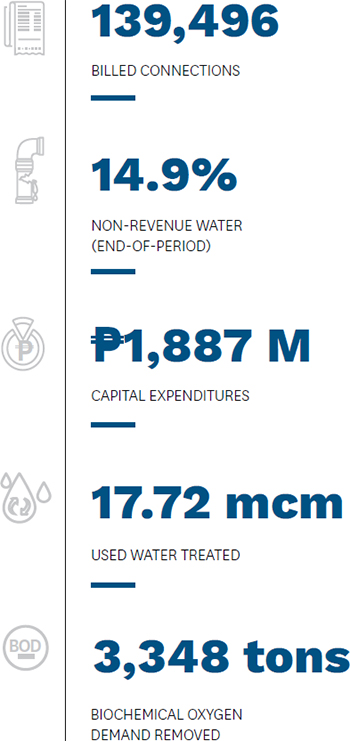
Considered one of the most efficient water operators in the Philippines, Clark Water holds a 40-year concession with Clark Development Corporation (CDC) as the exclusive water and used water service provider within the 4,400-hectare main zone of Clark Freeport Zone in the province of Pampanga. This includes a subzone covering a larger land area of 27,600 hectares with industrial, high-end IT corporations, and real estate locators. Clark Water also provides water supply to over 3,000 residents to a community adjacent to the industrial zone.
Clark Water has been a champion of operational excellence as shown in its water supply and used water facilities and metrics. It has a total of 2,061 billed connections comprised mainly of industrial and commercial locators. It has reached a 100 percent water service coverage and its used water service coverage rose to 99.7 percent, with non-revenue water (NRW) (end-of-period) hitting 6.7 percent in 2018 owing to its consistent leak detection, repair, and meter maintenance programs. This operational efficiency greatly benefits customers who are able to minimize expenses due to loss of water and supports their drive towards water security. Clark Water also treated 7.0 mcm of customers’ used water and diverted 779 tons of organic pollution load. This avoided the production of 4,910 tons CO2 (eq).
Clark Water reported three percent lower billed volume of 14.1 mcm, which led to a one percent decrease in revenues to ₱455 million in 2018. This is mainly due to the decrease in consumption of its commercial accounts due to cost-cutting programs.
To support the company’s commitment to CDC and the customers it serves, Clark Water has submitted its business plan for the rate rebasing review. Its capital expenditure is down to ₱53 million, as its business plan is still being finalized in line with the rate rebasing exercise.
Clark Water also embarked on a water source feasibility study to strengthen water security, while a natural calamity study was undertaken to secure the resilience of its assets. It signed a Memorandum of Agreement with the Department of Environment and Natural Resources’ (DENR) Provincial Environment and Natural Resources Office for the Adopt-a- Watershed program, where it will plant 400 bamboo shoots across two hectares to reduce erosion along the riverbeds. To continuously engage its stakeholders, Clark Water accommodated 406 participants for its Lakbayan or water trail advocacy program in 2018.
OBANDO WATER AND BMDC
Comprised of three cities and 21 municipalities with an estimated total population of 3.3 million, the province of Bulacan is steadily becoming industrialized largely due to its proximity to Metro Manila. Water supply in the province is a fragmented market, hence, MWPV carefully undertakes water distribution contracts across its numerous cities and municipalities.
To remain on track with its goals, a 25-year concession agreement between Obando Water and Obando Water District (OWD) was signed and executed in 2017 to rehabilitate and manage the water supply system, and to provide water and sanitation services in the municipality of Obando. Obando Water is a joint venture between Obando Water Consortium Holdings Corporation (now Filipinas Water Holdings Corp. [FWHC]) and OWD. Meanwhile, FWHC is a consortium of Manila Water and MWPV.
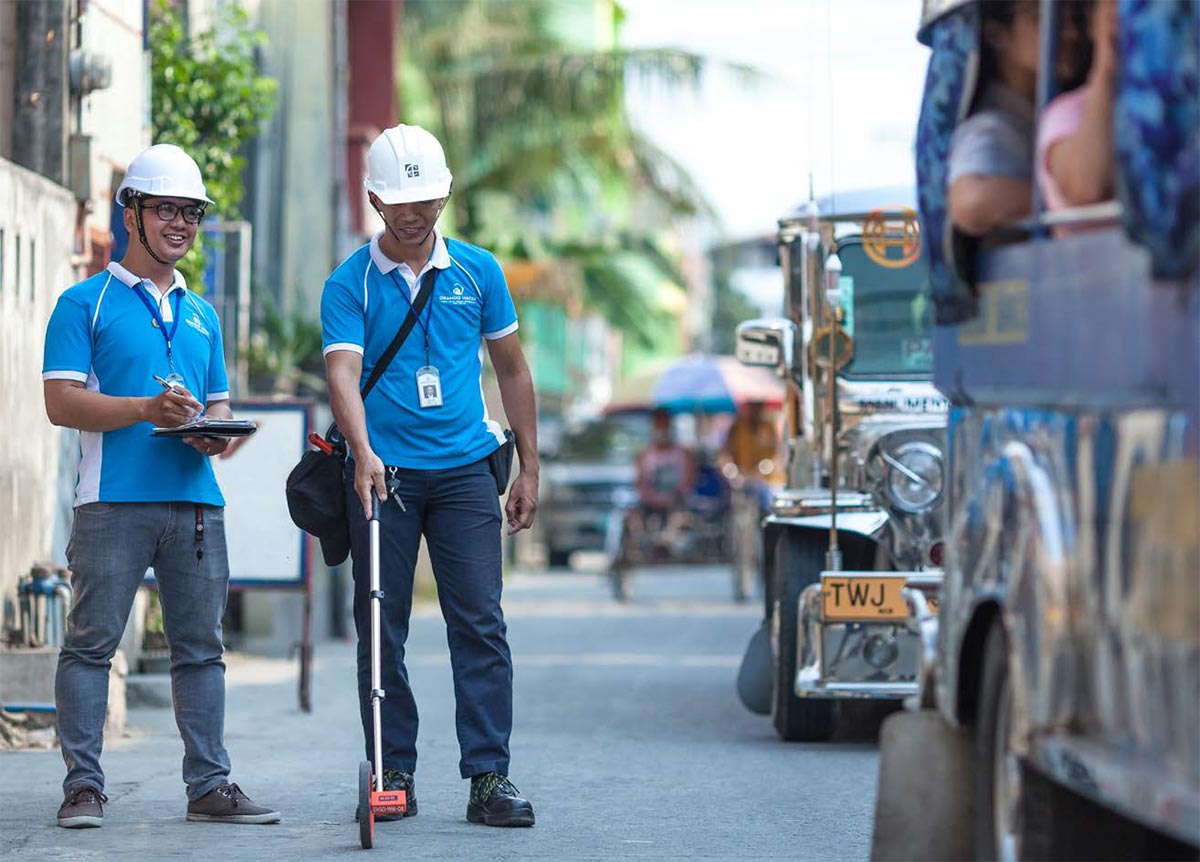
The average daily demand in OWD’s service area is eight mld, serving a population of around 60,000 and covers nine barangays out of a total 11 in the municipality.
In 2018, Obando Water’s billed volume stood at 1.55 mcm, provided to 9,013 new water service connections. This is expected to grow to 14 mld in the latter years of the contract until 2041. Estimated capital expenditures for the project is ₱443 million, of which ₱24 million was already disbursed in 2018. This is to be used for network rehabilitation and expansion, improving the current 79 percent water supply coverage, 19- hour availability, and average pressure of five pounds per square inch (psi).
With its goal to improve the provision of water and used water services in Bulacan’s residential subdivisions amidst a rising suburban location attracting middle-income customers, Bulacan MWPV Development Corporation (BMDC) signed an Asset Purchase Agreement in 2017 with three property developers: Asian Land Strategies Corporation, Solar Resources, Inc., and Borland Development Corporation. This development supports BMDC as it starts to position itself to become a strong player in the province and the larger mandate of the Enterprise to provide inclusive access to water and used water services. In 2018, BMDC reported 1.41 mcm billed volume for 7,726 new water service connections. It spent ₱40 million capital expenditures mostly for pipelaying and improvement of deepwell and water treatment facilities.
CALASIAO WATER
Further expanding its coverage in the northern part of Luzon, MWPV is present in the first-class municipality of Calasiao. Located in Pangasinan, Calasiao covers 24 barangays with a total population of about 95,000.
MWPV established a 25-year concession agreement with the Calasiao Water District (CWD) in 2017 to develop and operate the water supply system in the said municipality. The first phase of the concession agreement, which started in 2018, aims to serve 20 percent of the municipality’s total population by the end of 2019.
Replicating Manila Water’s success in providing water service access, Calasiao Water already distributed about 0.85 mld as of end-2018 and is expected to deliver 2.5 mld by 2019, further expandable up to 21 mld at the end of its contract by 2042. Calasiao Water also spent ₱23 million in 2018 out of the project’s total estimated capital expenditures of ₱456 million for installation of pipelines and network rehabilitation and expansion.
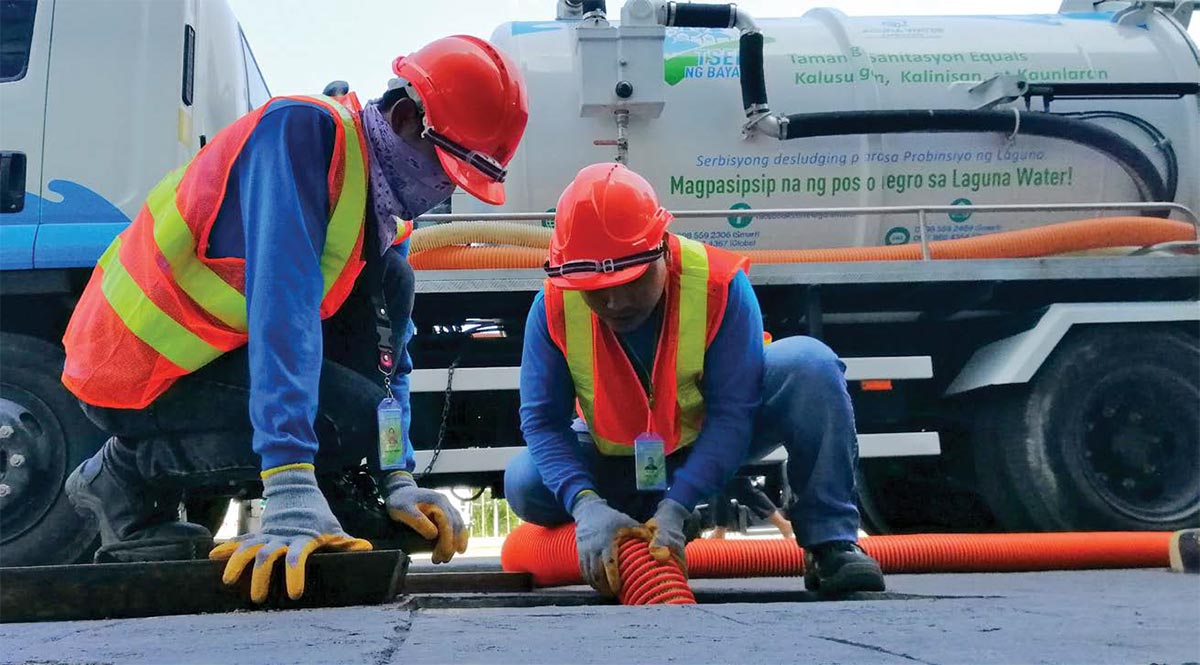
LAGUNA WATER
Directly southeast of Manila, the province of Laguna encompasses six cities and 24 municipalities with a total population of three million. With its proximity to Metro Manila, some cities and towns have become industrialized while the rest of the province is still agricultural.
With the acquisition of Laguna AAAWater Corporation in 2010, Laguna Water is Manila Water’s second public-private partnership outside the East Zone after Boracay Water. Together with the Provincial Government of Laguna (PGL), the company endeavors to transform the lives of the communities it serves by bringing improvements in their water service and building the necessary enabling infrastructure.
The original concession was for the provision of water services in the cities of Biñan, Cabuyao, and Sta. Rosa for a period of 25 years until 2035. The strong working relationship maintained by Laguna Water with its partners paved the way for the amendment of the concession agreement, expanding the territorial scope of its water supply services from the original three cities to all cities and municipalities of the province. The amendment, likewise, included the provision of used water services and the establishment of an integrated sewage and septage system in the province.
As of 2018, the company has finalized the takeover of the water distribution systems in the municipalities of Calauan, Victoria, and Pagsanjan. The municipality of Calauan has a population of over 80,500, which translates to an estimated 5,700 water service connections. The municipality of Victoria has a population of about 40,000, which translates to an estimated 2,200 water service connections. Lastly, the municipality of Pagsanjan has a population of over 42,000, which translates to an estimated 6,200 water service connections.
Laguna Water’s revenues grew by 10 percent in 2018 to ₱1,340 million as a result of a 13-percent improvement in its average effective tariff to ₱27.81 per cubic meter. Through programs in operational excellence, systems losses continued to decrease from 19.5 percent in 2017 to 16.7 percent in 2018. This was driven by the total pipe replacement activities and improved water service and water potability. As Laguna Water continues the expansion of water and used water networks within its concession area, it spent a total of ₱561 million in capital expenditures during the year.
Tubig Para sa Barangay (TPSB), the Manila Concession’s flagship program which provides water supply to low-income communities, was also implemented by Laguna Water. From 152 water service connections since 2017, the company has provided an additional 132 connections in 2018. The TPSB communities used to rely on vended drinking water, often of unreliable quality. With TPSB, low-income communities now have safe, potable drinking water directly from the tap in their homes. Laguna Water aligns the goals and targets of TPSB with UN SDG 6.
In terms of its used water facilities, Laguna Water diverted 229 tons of organic pollution in 2018, up from 194 tons in 2017. This was due to Laguna Technopark Sewage Treatment Plant’s increased capacity from seven to 11 mld. To aid unsewered areas, Laguna Water constructed a Septage Treatment Plant with a capacity of 70 cubic meters per day as part of the Laguna Water desludging program.
Further, in support of its efforts to raise public awareness on the link between used water sanitation and family and community health, the company launched the Tamang Sanitasyon Equals Kalusugan, Kalinisan, at Kaunlaran ng Bayan (TSEK) program. It worked with the provincial government of Laguna and held numerous information and education sessions in local government units of Laguna in 2018.
Laguna Water is a member of the Sta. Rosa Sub-Watershed Management Council formed by Laguna Lake Development Authority in 2017 for the protection and rehabilitation of the watershed. This council is acknowledged internationally for its contribution to the environmental sustainability of the province.
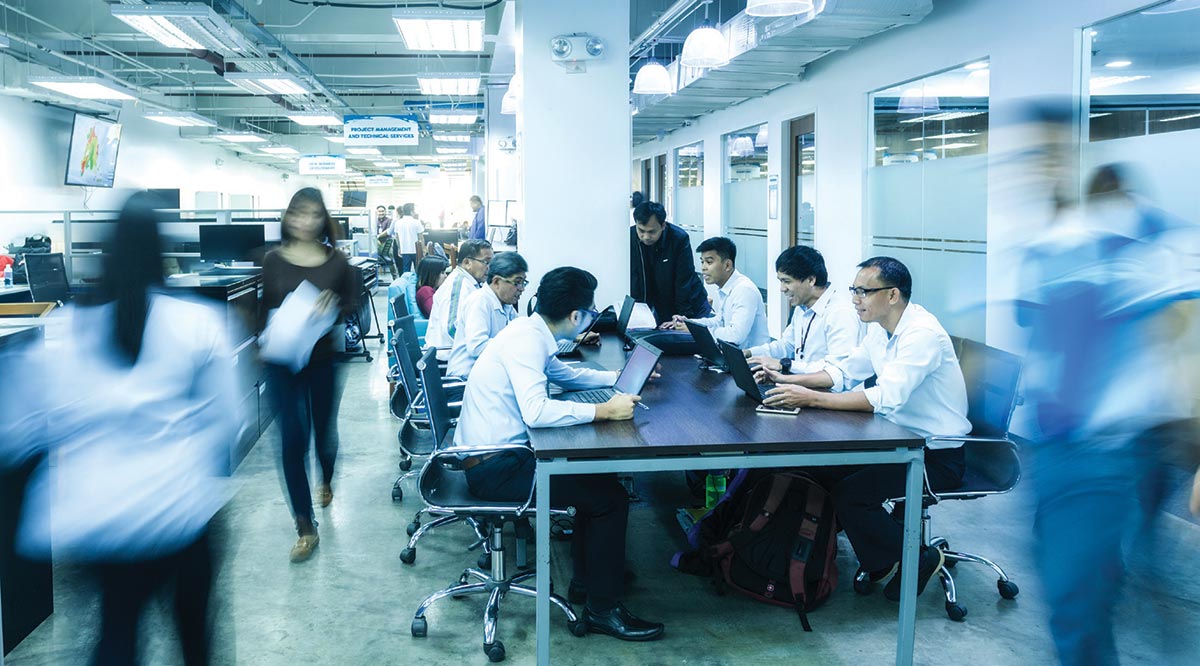
BORACAY WATER
Often described in superlatives for its white, talcum-fine beach, and crystalline waters, the island of Boracay is hailed as one of the finest beaches in the world. Set within a thousand-hectare land area, Boracay is made up of three small communities: Yapak in the north, Balabag in the middle, and Manocmanoc in the south. The local population is relatively small at 35,000 local residents, but the main driver of billed volume growth is tourist arrivals. However, Boracay Water was affected by the six-month temporary shutdown of tourism-related activities in the island, which began in April 2018.
The island’s closure was part of the government’s efforts for the island’s environmental rehabilitation. The six-month closure affected the operations and financial position of Boracay Water, a joint venture between Manila Water and the national government’s Tourism Infrastructure and Enterprise Zone Authority (TIEZA), which holds a 25- year concession to provide potable water and operate the sewerage system of the island.
Expectedly, Boracay Water’s billed volume dropped by 29 percent to 3.9 mcm primarily due to the 53 percent drop of tourist arrivals from 2,001,974 million in 2017 to 941,868 at the end of 2018. However, it posted revenues amounting to ₱454 million due to the increase in its average tariff to ₱119.91 per cubic meter.
Boracay Water considers itself a stakeholder and partner in ensuring that tourism’s environmental impact is managed and in safeguarding the health and safety of the locals and tourists. In terms of its operations’ impacts, the company continues to embark on various meter replacement and leak detection activities, which improved its NRW (end-of-period) to 13.8 percent. The company made investments in sewage and sanitation, with capital expenditures reaching a total of ₱444 million.
Due to the company’s environmentally responsible operations, Boracay Water avoided 2,802 tons of carbon dioxide emissions, based on the volume of used water it treated and the organic pollution diverted via the combined capacity of Manocmanoc and Balabag Sewage Treatment Plants.
To engage external stakeholders in the protection of Boracay and its sustainable development, the company launched an environmental program called Highland to Ocean (H2O). Expanding on Amot Amot sa Malimpyong Boracay, the first and only environmental movement on used water in the island, H2O takes a holistic environmental management approach to ensure the island’s sustainability: from the watershed, down to the ocean. In 2018, 76 community volunteers were involved in river cleanup activities, collecting 54 kg of trash and debris from the waterway.
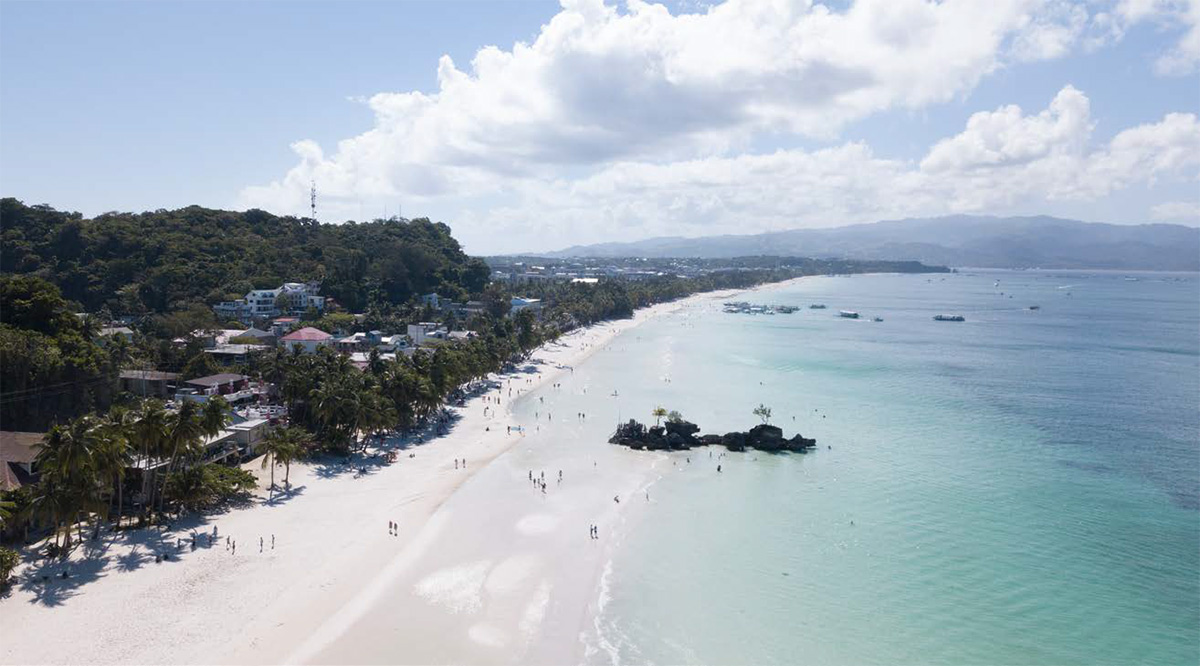
Meanwhile, 186 community volunteers were involved in community cleanup activities, collecting 105 kg of litter. Spanning the white beach, 210 community volunteers were involved, collecting a total of 202 kg of trash along the coast. To supplement the cleanup, Information, Education and Communication (IEC) sessions were attended by 984 students.
Ensuring that the marine environment is protected, the Boracay Water REEFhabilitation program conducted a coral reef assessment in 2018, and 38 corals fragments were planted 50 square meters from the used water outfall. A biologically diverse and healthy coral reef may indicate good effluent quality, as it will show that it can support a thriving marine environment. Eighteen volunteers collected 23 kg of trash as part of the program.
At present, Boracay Water is processing a Memorandum of Agreement with DENR Region VI for the protection and rehabilitation of 20 hectares of Nabaoy Watershed.
CEBU WATER
Following the partnerships accomplished by other subsidiaries’ operations, Cebu Water provides water to the highly urbanized areas and key cities in the second most populous region in the country.
In partnership with the Provincial Government of Cebu, a 30-year bulk water supply contract was signed by Cebu Water to serve a population of about 2.8 million, supplying 35 mld of potable water. The Metropolitan Cebu Water District then distributes the water to large cities such as Metro Cebu, Lapu-Lapu, Mandaue, and Talisay. Cebu Water’s contract includes the construction of a water diversion structure, a water treatment plant, and the laying of a 32-kilometer pipeline from the plant in the town of Carmen to the water district’s intake. This is the first water treatment facility to draw from surface water in an island that heavily relies on deep wells.
In 2018, Cebu Water reported lower revenues at ₱141 million backed by a slower billed volume to 12.8 mcm from 13.0 mcm in 2017. The slight drop in billed volume was due to turbidity issues related to the monsoon months of June to October. Operating adjustments are now being finalized to ensure that optimal yield is being attained from the facility. The company also invested ₱11 million in capital expenditures for the construction of deep wells to augment its current surface water source. Cebu Manila Water Foundation will administer Luyang watershed protection covering the entire watershed with an area of 5,539 hectares.
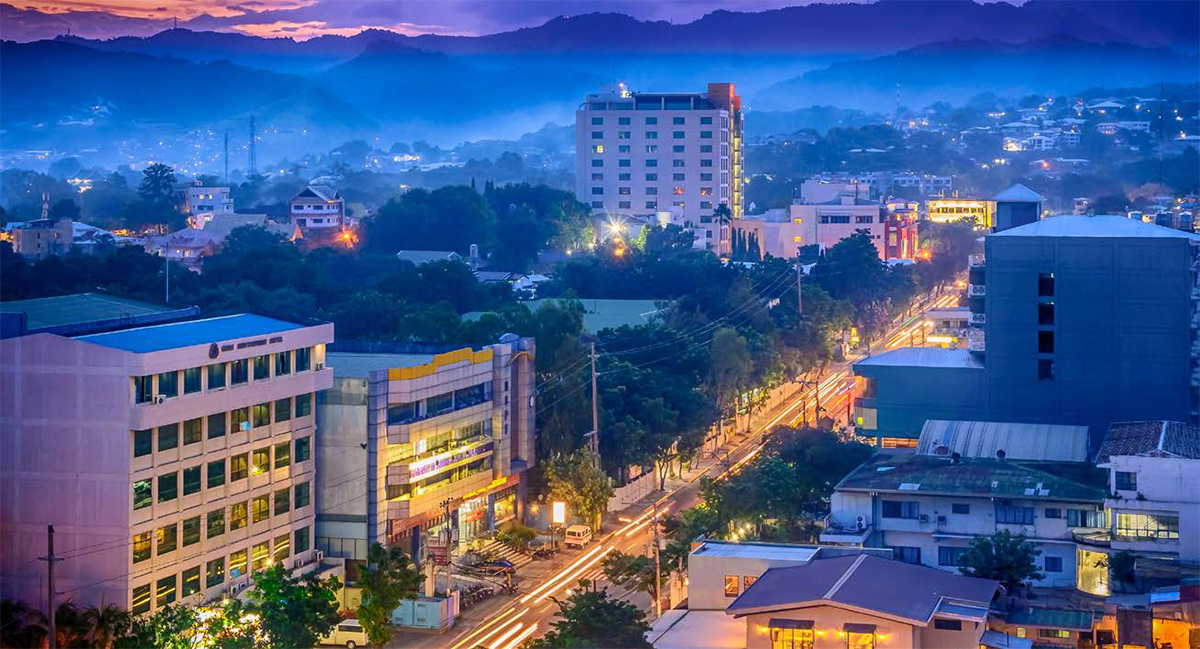
As the local government opens itself up to more public-private partnerships, Cebu Water remains steadfast in improving its operations to be able to provide safe and potable drinking water to Metro Cebu and its neighboring areas.
ZAMBOANGA WATER
MWPV continues to explore opportunities beyond Luzon and VisayasZamboanga, for one, is the site of a lot of firsts for the company.
As the first investment in Mindanao, the southernmost group of islands in the Philippines, the project is a 10-year NRW-reduction project in Zamboanga City. It is also the first venture of Manila Water with a water district and more importantly, the first performancebased NRW-reduction project to be implemented in the Philippines.
With construction start in January 2015, the project aims to reduce water losses by 10 mcm throughout the life of the project. It will be done in phases, with the early stages necessitating the replacement of pipes and meters, and extensive leakage detection and repair throughout the distribution network.
As of end-2018, the project has already recovered a total volume of 4.54 mcm from 36 commissioned District Metering Areas (DMA) since the start of its operations in June 2015.
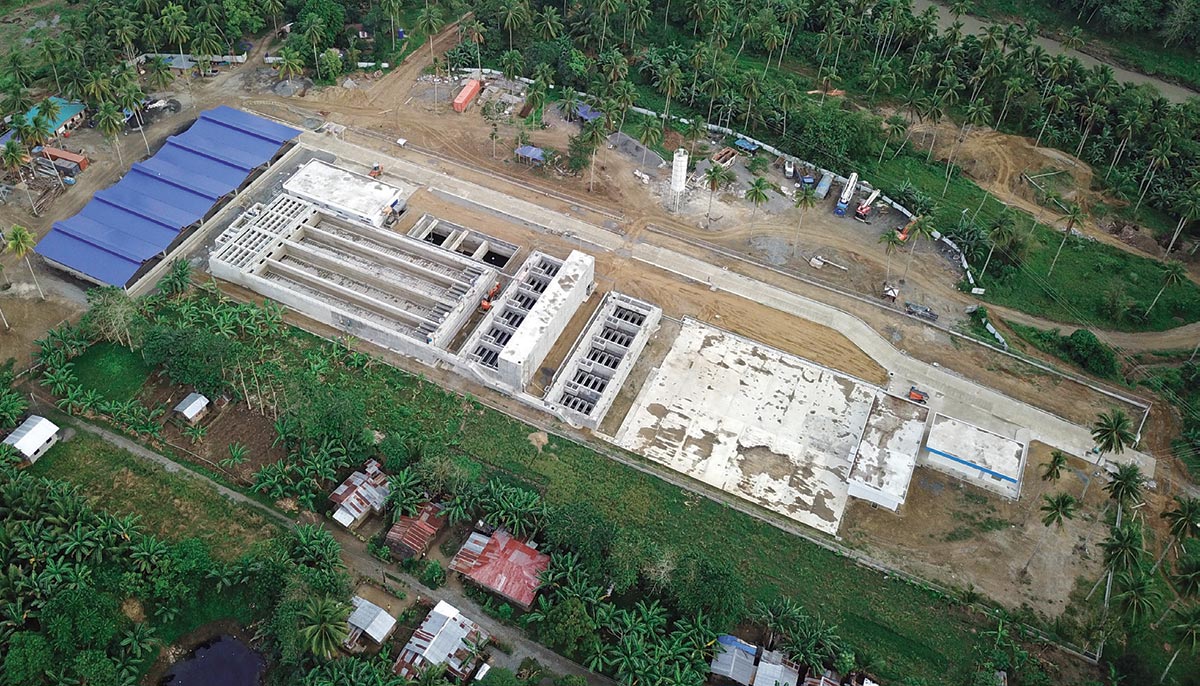
TAGUM WATER
The Tagum Water Treatment Plant involves the construction of a water treatment facility with a capacity of 38 mld. Once completed, it will supply the Tagum City Water District with 26 mld of treated water during its first to third year of operations, 32 mld during its fourth to sixth year of operations, and 38 mld for the remaining years of the 15-year delivery period, which runs from 2019 to 2034.
Eighty-seven percent of this bulk water supply project was completed in 2018.
Enhancing MWPV’s portfolio, Estate Water is a business model that harnesses the company’s expertise in the operation and management of water systems to address the needs of property developers for sustainable communities.
The growth and expansion of Estate Water, which started in 2015, is anchored on property developers’ demand for appropriate masterplanned water extraction and used water treatment facilities, efficient and effective management of facilities and pipelines, regulatory and environmentally compliant operations, and high-quality customer service.
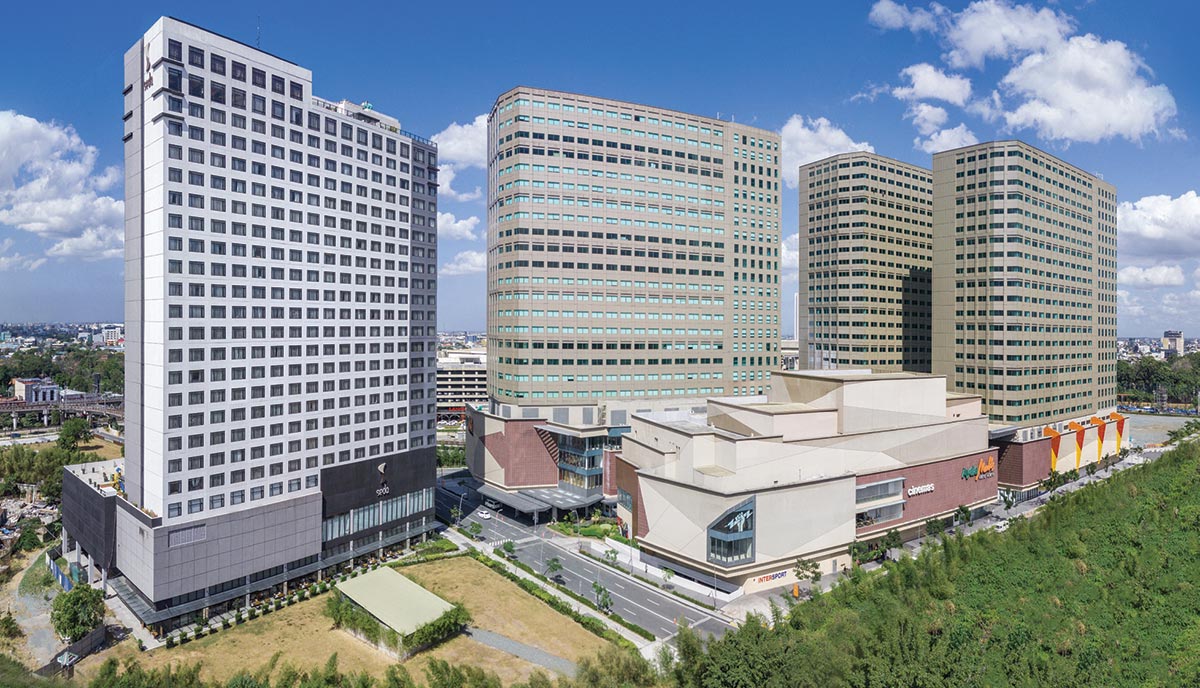
Estate Water registered steady revenues of ₱638 million in 2018 with billed volume increasing by 25 percent to 5.7 mcm. To effectively manage the brownfield and greenfield developments of its partner developers, the company disbursed a total of ₱490 million in capital expenditures.
MWPV also signed a 25-year lease agreement with Philippine Economic Zone Authority (PEZA) to lease, operate, and manage its water and used water facilities in the Cavite Special Economic Zone. EcoWater MWPV Corp. was then incorporated to handle said agreement, leading the provision of water and used water services in the 275-hectare industrial estate, with 297 locators consuming approximately 0.35 mcm per month.
PARTNERSHIP WITH AYALA LAND
In 2016, Estate Water signed an agreement with Ayala Land and its subsidiaries for the exclusive provision of water and used water services to all its horizontal greenfield and brownfield developments nationwide.
To date, Estate Water already operates and manages 16 greenfield and 60 brownfield Ayala Land projects across the country with 10,464 billed connections. This partnership will parlay Manila Water’s technical expertise and operational excellence to the communities Ayala Land serves.
PARTNERSHIP WITH SM GROUP
In 2016, Estate Water signed an agreement with the SM Group—comprising of SM Prime Holdings, SM Development Corporation, and SM Residences giving rise to the establishment of Aqua Centro MWPV Corporation, which would manage the provision of water and used water services and facilities in selected SM developments.
The initial agreement covers four horizontal projects across Luzon, specifically in the provinces of Laguna, Cavite, Batangas, and Cebu. The contract also identified specific horizontal developments comprised of mid-rise residential buildings, low-cost condominiums, and house and lot projects that are expected to be operational by 2020. Estate Water continues to venture into other partnerships, in line with its objective to transform real estate developments to livable communities.